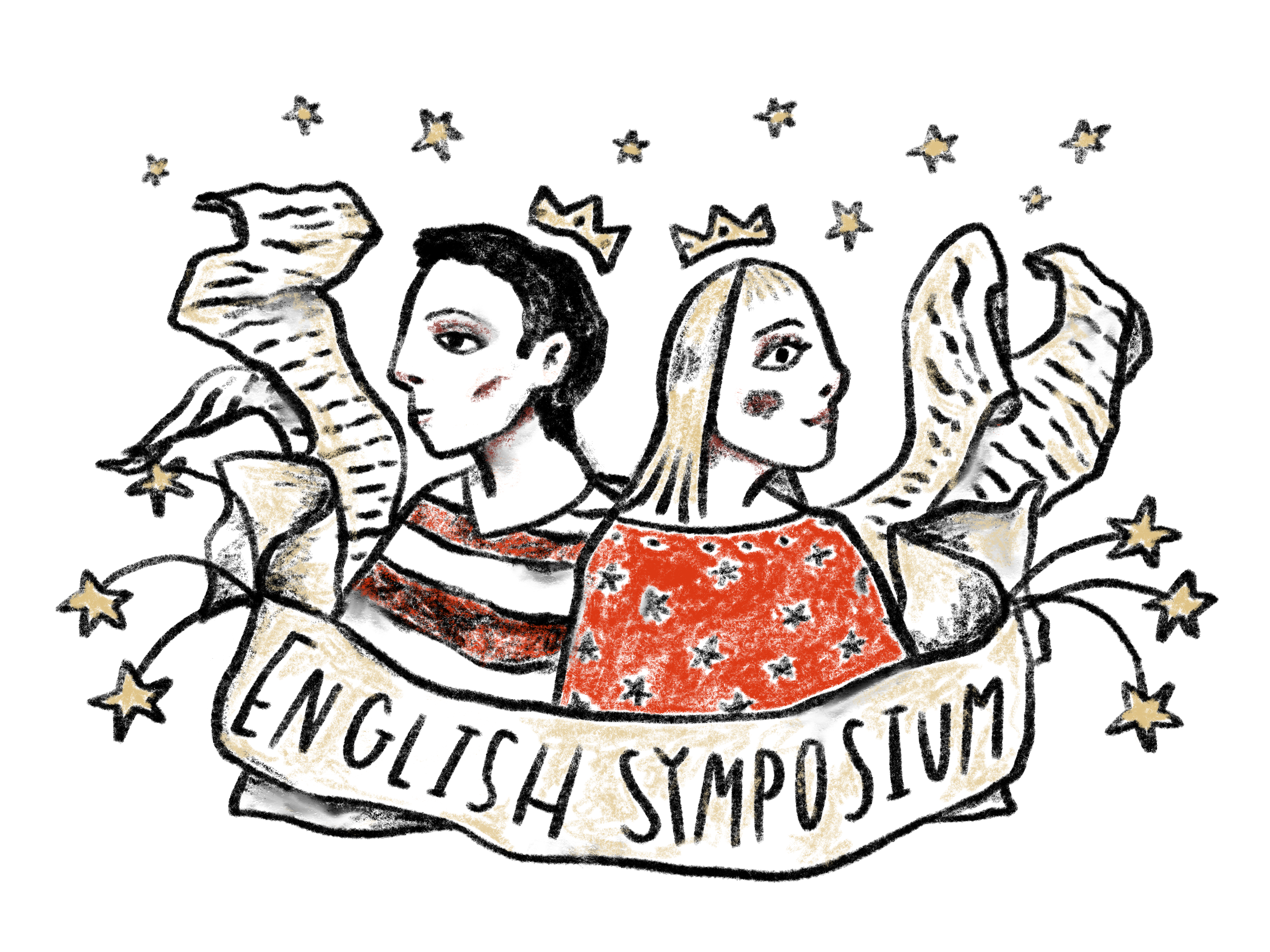Content Category
Literary Criticism
Abstract/Description
As Shakespeare plays go, The Tempest is a wonderful choice for children, and this is illustrated through comparisons with Matilda by Roald Dahl. Matilda is well-beloved by children moreso even than by adults, and this is because it appeals to parts of the experience of a child reader that adults have forgotten. Shakespeare is usually well-known by adults but less so by children, so the similarities that The Tempest has with Matilda help us to understand children’s experience reading Shakespeare. Both works contain strong protagonists who experience an unconventional coming-of-age that children connect to and understand. The fantastic and magical elements connect with the fairy tale and genre fantasy tradition that young audiences love. In addition, the language of The Tempest is rich and delightful, and the focus on spectacle and visual interest are elements that children respond to because of increased sensory details and experiences to the text.
Copyright and Licensing of My Content

This work is licensed under a Creative Commons Attribution-Noncommercial-No Derivative Works 4.0 License.
Origin of Submission
as part of a class
Faculty Involvement
Dr Gideon Burton
Using Matilda as a Lens Through Which to Understand The Tempest as a Work for Young Audiences
As Shakespeare plays go, The Tempest is a wonderful choice for children, and this is illustrated through comparisons with Matilda by Roald Dahl. Matilda is well-beloved by children moreso even than by adults, and this is because it appeals to parts of the experience of a child reader that adults have forgotten. Shakespeare is usually well-known by adults but less so by children, so the similarities that The Tempest has with Matilda help us to understand children’s experience reading Shakespeare. Both works contain strong protagonists who experience an unconventional coming-of-age that children connect to and understand. The fantastic and magical elements connect with the fairy tale and genre fantasy tradition that young audiences love. In addition, the language of The Tempest is rich and delightful, and the focus on spectacle and visual interest are elements that children respond to because of increased sensory details and experiences to the text.

